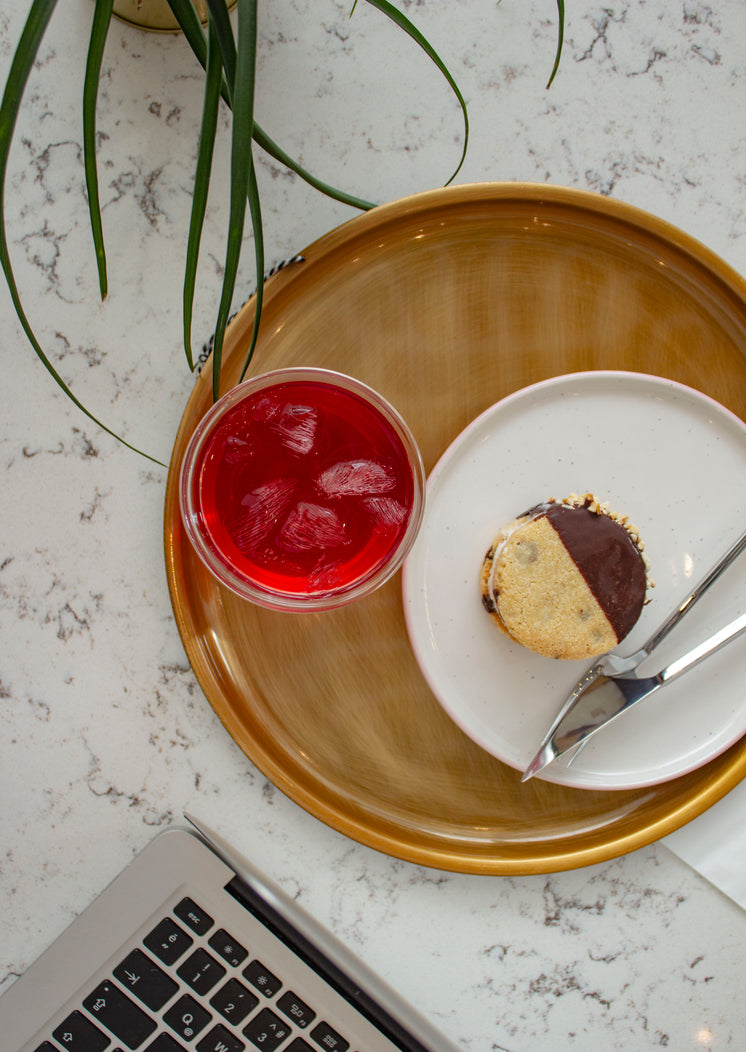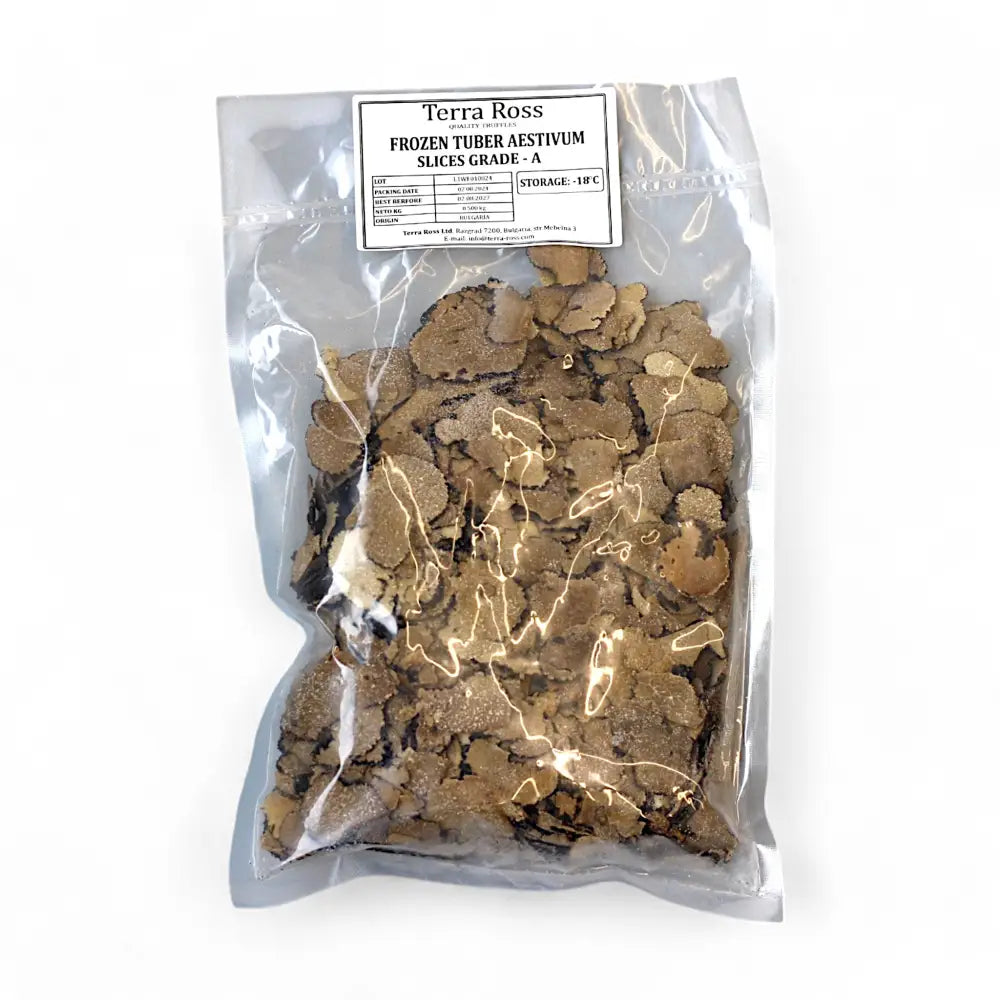An Observational Study on Truffles: Varieties, Products, Market Dynami…
페이지 정보
작성자 YS 작성일25-11-09 17:07 (수정:25-11-09 17:07)관련링크
본문

An Observational Study on Truffles: Varieties, Products, Market Dynamics, and Culinary Uses
Introduction
Truffles, the subterranean fungi prized for their aromatic and culinary value, have captivated gourmands and chefs for centuries. This observational research explores the diversity of truffle species, their commercial products, market trends, and applications in gastronomy and dog training. The study focuses on key varieties such as Tuber magnatum (white truffle), Tuber melanosporum (black Perigord truffle), Tuber aestivum (summer truffle), and Tuber brumale (winter truffle), alongside processed forms like frozen, dried, and minced truffles, as well as value-added products like truffle oil and butter.
Truffle Varieties and Characteristics
White Truffle (Tuber magnatum): Hailing primarily from Italy’s Alba region, this variety is renowned for its pungent aroma and delicate flavor, commanding premium prices (€3,000–€5,000/kg in peak season). Black Truffle (Tuber melanosporum), dominant in France’s Perigord region, offers a robust, earthy profile, with prices ranging from €800–€1,500/kg. Summer Truffle (Tuber aestivum) and Burgundy Truffle (Tuber uncinatum) are milder and more affordable, while Bianchetto Truffle (Tuber borchii) provides a garlicky alternative to white truffles.
Commercial Truffle Products
The market offers diverse truffle-based goods to extend shelf life and accessibility:
- Preserved Forms: Frozen truffles retain 70–80% of fresh aroma; dried and dehydrated truffles are cost-effective but less potent.
- Processed Products: Truffle slices, minced truffle, and carpaccio cater to culinary precision, while infused items like truffle oil (often synthetic) and truffle salt amplify flavor in dishes.
- Gourmet Preparations: Tartufata (truffle paste), truffle honey, and truffle butter enhance sauces, risottos, and pasta.

Market Dynamics and Pricing
The truffle trade thrives on scarcity and seasonality. White truffles peak in October–December, with prices soaring due to limited supply. Black truffles (December–March) are slightly more stable, averaging €1,000/kg. Online platforms and wholesale distributors (e.g., Terra Rossa Truffles) facilitate global sales, though buyers must verify authenticity. Regional price disparities exist: Alba’s white truffles fetch higher premiums than French melanosporum, while summer truffles cost €200–€400/kg.
Culinary Applications
Truffles elevate dishes like risotto, pasta, and eggs. Minced black truffles integrate well into sauces, while dried truffles suit slow-cooked recipes. Truffle oil (use sparingly) garnishes finished dishes. Notably, truffle dog training kits leverage synthetic truffle scent to teach canines to hunt, though natural truffle oil is debated for canine safety.
Storage and Shelf Life
Fresh truffles last 7–10 days refrigerated in airtight containers; freezing or dehydrating extends usability. Freeze-dried truffles maintain flavor for months, ideal for exporters.
Conclusion
Truffles remain a luxury commodity with a complex supply chain. From Alba Truffle Price’s revered Tuber magnatum to versatile truffle oils, their allure persists in kitchens and markets worldwide. Sustainable harvesting and transparent pricing are critical as demand grows. For enthusiasts, understanding varieties, storage, and culinary use ensures optimal enjoyment of this "diamond of the kitchen."
댓글목록
등록된 댓글이 없습니다.

